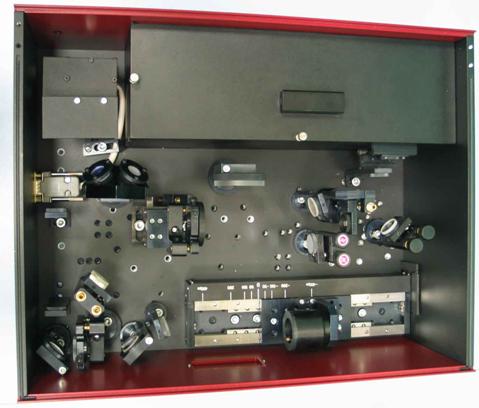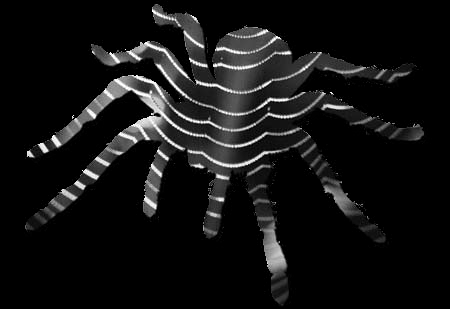
Del Mar Photonics - Newsletter Fall 2010 - Newsletter Winter 2010
Del Mar Photonics, Inc. product portfolio includes ultrafast laser oscillators and amplifiers based on Ti:Sapphire, Cr:Forsterite, Er- and Yb- doped fibers; autocorrelators, SPIDER and cross-correlator, femtosecond fluorescence up-conversion and transient spectroscopy pump-probe systems, CW single-frequency ring Dye/Ti:Sapphire lasers, NIR-MWIR-LWIR cameras, and optical components.
Del Mar Photonics delivered Avoca SPIDER femtosecond measurement system and Rincon cross-correlator to University of Nebraska-Lincoln
Avoca SPIDER brochure - Avoca SPIDER manual - Avoca SPIDER software - request a quote
Rincon brochure - Rincon manual - Rincon software - request a quote
Rincon Third Order Cross-Correlator (TOCC)
Each Rincon is optimized for customer laser system and required range of
measurements.
The complete setup geometry, dimensions of non-linear crystals and some
essential optics are all function of laser parameters and user-chosen tradeoffs
between sensitivity, time resolution, time window, overall size etc.
We need the following information to set the tradeoffs and get all critical
data necessary for the design which is optimized for your system:
1. What is wavelength of you laser system?
2. What is the repetition rate?
3. What is the normal pulse energy and beam diameter?
4. Is the laser pulse chirped?
5. What is the spectral bandwidth?
6. What is the pulsewidth?
7a. What is the expected (or estimated) contrast ratio as a function of delay
from peak?
7b. What is the minimum necessary contrast ratio as a function of delay from
peak?
8. What is beam quality (i.e. beam divergence relative to diffraction-limited
one)?

The third order cross-correlator Rincon has been specifically developed for measuring a wide array of output parameters from ultrafast laser systems including: contrast ratio of laser pulses, determining pulse pedestal, pre- and post-pulses, and amplified spontaneous emission (ASE) in femtosecond systems. It also provides information about the third-order cross-correlation function of pulse intensity on a femtosecond scale and can be used for alignment of high power femtosecond lasers. Cross-correlator includes opto-mechanical assembly and electronics with USB interface. System is easy to operate and includes a full set of user friendly software tools for data collection and analysis.
To request a quote for Rincon cross-correlator please e-mail sales@dmphotonics.com with detailed answers to the questions above.
Spectral phase interferometry for direct electric- field reconstruction (SPIDER) is one technique that can recover the spectral phase of an input pulse, without needing any reference pulse. SPIDER interferes two pulses which are separated in time and in frequency, and the resultant interferogram is read by a spectrometer. A thin etalon is used to pick off a portion of the input pulse and split it into two pulses delayed in time. The majority of the input pulse passes through the etalon and is stretched in time with a diffraction grating stretcher. The stretched pulse and the pulse pair off the etalon are recombined in a non-linear KDP crystal. Because the separation of the pulse pair is less than the pulse length of the stretched pulse the two pulses off the etalon will mix with different frequencies in the stretched pulse. This frequency difference is known as the spectral shear and is the frequency equivalent of a temporal delay. The resulting interferogram is then collected with a spectrometer. By performing a direct analysis of this interferogram, the spectral phase of the input pulse can be recovered. In addition, by independently measuring the pulse spectrum and performing a Fourier transform, the phase and intensity as a function of time can be retrieved. Thus the SPIDER technique offers a direct non-iterative measurement of the electric field of an ultrafast pulse.

Advantages
• Low noise sensitivity
• The interferogram measurements
taken with a 1-D spectrometer,
lowering cost, and increased simplicity.
• Fast: interferogram reconstruction
calculations can be done in
milliseconds on a standard PC.
• SPIDER setup involves no moving
parts during operation.
• The acquisition of the experimental
trace is done in a single-shot.
• Solid theoretical and conceptual
background.
• Power supply from PC interface